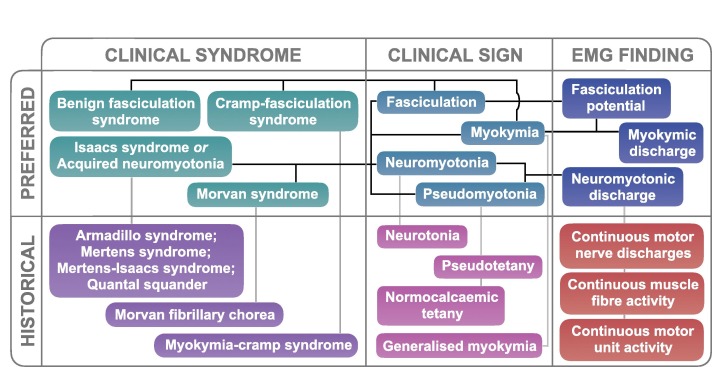
Myokymia types include the most common and least dangerous, as well as the most painful. Although many different myokymia treatments exist, these types are often triggered by certain medications, such as topiramate, clozapine, gold salts, and flunarizine. Some people experience a combination of these symptoms, including myokymia in the upper eyelid and myokymia in the lower eyelid.
The most common type of myokymia is eyelid myokymia, which affects the eyelids. While it is generally benign, it is the precursor of more serious conditions like hemifacial spasm, blepharospasm, and spastic-paretic facial contracture. However, in some cases, myokymia is associated with other diseases, such as multiple sclerosis.
Myokymia occurs due to repetitive electrical discharges in the eyelids. The muscles are innervated by nerves from the brain. These nerves are protected by a protective layer called myelin. When the myelin is damaged, the signal between the brain and the muscles cannot be passed properly through it. As a result, the nerves can’t transmit the message correctly, resulting in uncontrolled and involuntary movements.
There are different types of myokymia, including those characterized by facial quivering. Inflammation and damaged nerves in the face can cause facial myokomia. It is also associated with other medical conditions such as Guillain-Barre syndrome and radiation therapy. In rare cases, myokymia may affect other areas of the body, such as the legs or arms. It can last for weeks and can be recurrent.
There are two main types of myokymia. These are grouped by the symptoms they cause. Some of these symptoms occur at specific times of the day and others can be persistent and chronic. The symptoms of eyelid myokymia can occur during sleep or awake. These symptoms can also be temporary and disappear without warning. Patients should seek medical attention if they experience eyelid twitching.
Myokymia types in the eyelid are symptomatic of a systemic disorder that can affect the eyes and other areas of the body. Most cases occur in the lower eyelid. If you have myokymia in the eyelid, consult with your doctor. If the condition is triggered by an acute lesion, it should be treated immediately. Otherwise, if it’s chronic, it’s usually harmless and self-limits to a few days or weeks.
The most common form of myokymia is in the eyelids. In this case, the muscles of the eyelids are affected. The eyelid muscles are regulated by spinal and cranial nerves. Myokymia occurs in these areas and can be temporarily disabling. If you have a history of radiation therapy, the symptoms of myokymia can be mild to moderate.

Myokymia can also affect the eyelid muscles. In these cases, the affected eyelid muscle is weakened, causing pain and twitching. The eyelids may be drooping suddenly. Other myokymia types affect other facial muscles. If the eyelids are weakened, the symptoms of myokymia can become more severe.
In most cases, myokymia is asymptomatic, meaning it goes away on its own after a few days. It can also be an early sign of a systemic disease such as myasthenia gravis. The best way to treat myokymia is to eliminate the source of stress. If your eyelids are twitching, on the health site https://palermo-store.it/
you can find a course of treatment to prevent further damage.
The types of myokymia are most common on the eyelids. There are two main types of myokymia: eyelid myokymia and superior oblique myokymia. Both types are asymptomatic and usually resolve on their own. In some cases, treatment with certain medications, such as acetaminophen, may be required, which can make the condition worse.
Eyelid myokymia is a localized movement disorder affecting the eyelids. It usually involves continuous, thin, wave-like contractions of the eyelid muscles. It can be caused by a variety of conditions, including fatigue, multiple sclerosis, and Bell’s palsy. It may feel sick and may be a sign of a more serious condition.
Eyelid myokymia can occur anywhere on the body, but is most common on the eyelids. In most cases, myokymia affects the upper or lower eyelid. The most common forms are eye myokymia, eyelid myokymia, and facial myokymia. Rarely, myokymia affects other parts of the body, such as the face. This is thought to be caused by neuromyotonia, a condition that causes the release of myokimic secretions. This discharge irritates nerve fibers and can aggravate skin lesions.
Leave a Reply